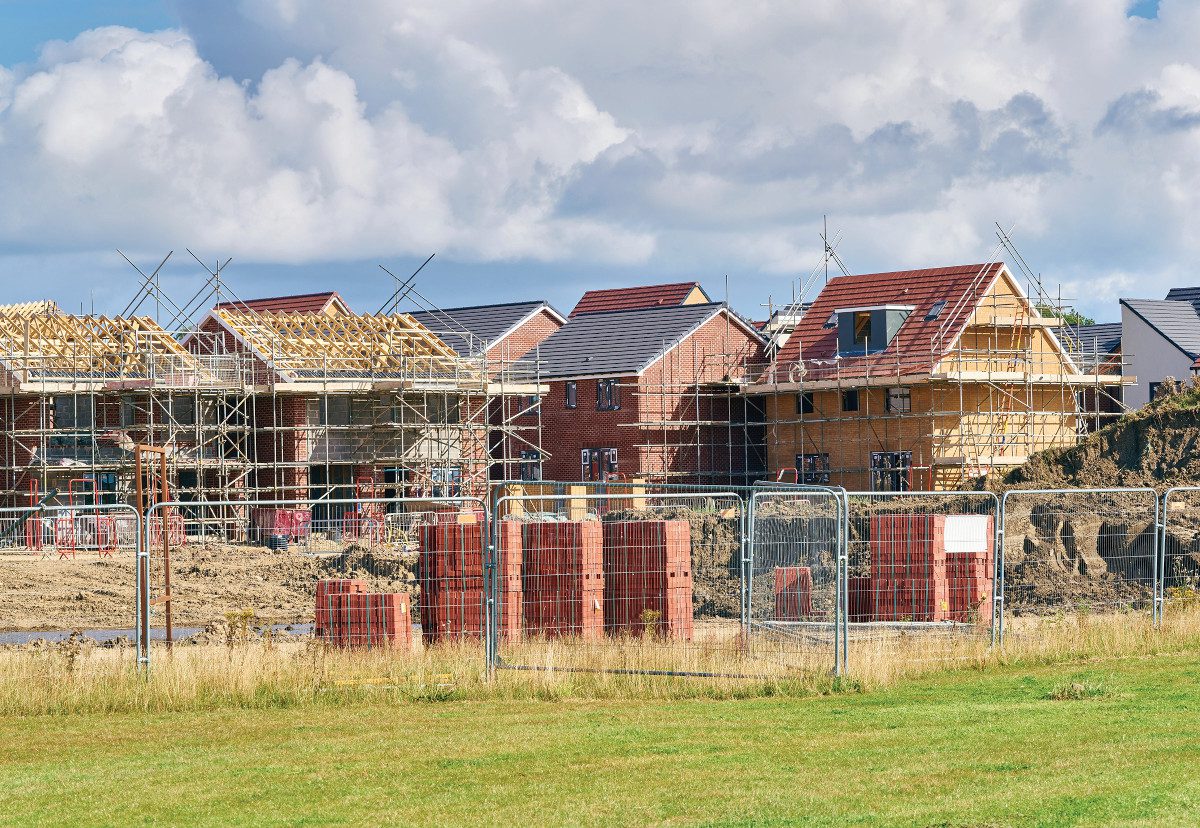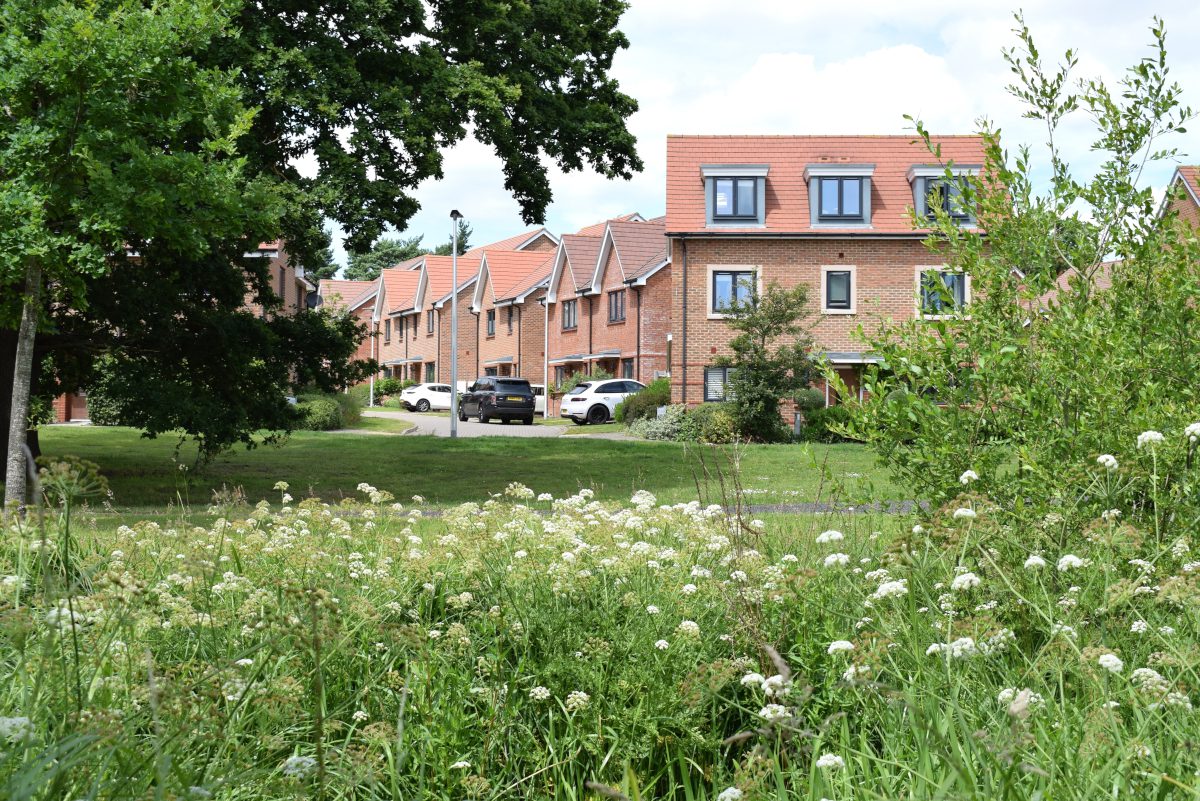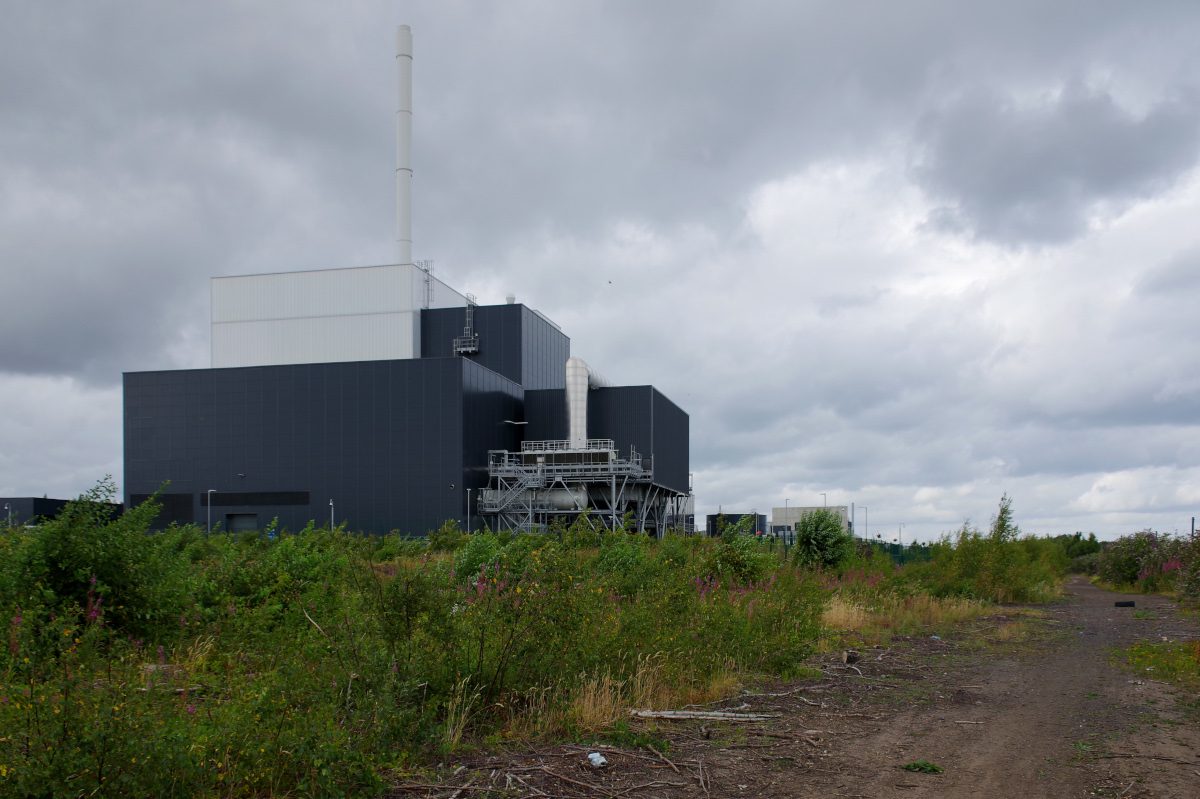The number of green jobs advertised in the UK has fallen from the record levels recorded in 2022, albeit at a smaller rate than the decline seen in the UK’s job market overall, according to professional services firm PwC’s latest Green Jobs Barometer.
High interest rates and a challenging economic backdrop have seen the number of total advertised roles fall by 29%, while the number of green jobs fell by 26%. This degree of resilience of green jobs has seen their share of the UK labour market increase to 2.3% (up from 2.2% in 2022 and 1.9% in 2021). However, when accounting for the number of green jobs required across the economy to power the UK’s transition to net zero by 2050, this deceleration in overall demand, in the face of a cooling labour market, poses a potential challenge.
PwC’s Green Jobs Barometer, now in its third year, has identified for the first time that green jobs tend to be higher quality jobs, reflecting both higher levels of pay and greater levels of job satisfaction compared to non-green roles. The higher level of pay is not simply a reflection of the skills required; the Barometer has also detected a pay premium for many entry level jobs, with 60% of occupations commanding a 23% pay premium on average for entry level green roles. The Barometer also highlighted that green jobs tend to require longer working hours and are slightly more likely than non-green roles to be based on temporary employment contracts.
Carl Sizer, Head of Regions and Platforms at PwC, said: “Green jobs are a good proxy for the greening of the economy. That green jobs account for a growing proportion of the jobs market is encouraging, but we need to see a significant increase in new green jobs to meet net zero goals. A drop in the number of advertised roles is concerning given the scale of what needs to be achieved.
“It’s more important than ever to ensure that the transition towards a low-carbon economy brings workers and communities with it. Our research also points to the benefits of green jobs for workers, with better pay and job satisfaction, but highlights different sectors and regions that stand to be affected differently. Concerted effort will be needed to spread the benefits of green jobs and a green economy.”
Scotland tops the index for a third consecutive year
Scotland is the best performing region in the UK and leads in green job creation, with 4.04% of all jobs advertised considered as green (up from 3.3% last year), compared with 2.32% for the UK as a whole. Northern Ireland also performs well, but from a comparatively small base (2.4% this year compared to 1.9% in 2022).
Despite London advertising for over 10,000 fewer green jobs than last year, the capital maintained its considerable lead over the other regions by number of jobs, seeking to fill a total of 45,219 roles and enjoying the second highest regional increase in the proportion of green jobs to other jobs. London and the South East show the largest absolute number of vacancies, accounting for 33% of all new green job postings in the UK.
At the other end of the spectrum, five of the twelve UK regions (South East, East Midlands, Wales, North East, East of England) fare worse than the national trend – and see the number of green jobs advertised fall at a greater rate than the fall in all jobs advertised in their region.
Collectively, this suggests that the opportunities of the transition to net zero are increasingly concentrated in certain regions.
Green jobs concentrated in white collar and skilled professions
New analysis in this year’s Barometer reveals that on a range of measures, access to green jobs remains unevenly spread by background, undercutting the opportunity for a competitive and equitable green job market.
Compared to the labour market overall, green jobs tend to be concentrated in “white collar” roles and require a higher level of education at degree level or equivalent. This is especially true in the regions which have seen the strongest performance of green jobs; in Scotland, London and the South East almost 40% of green jobs advertised require a university degree or equivalent experience.
Workers from Black, Asian or minority ethnic backgrounds are underrepresented in green roles compared to their share of the labour market overall. For example in London, where workers from these communities account for 36% of the workforce they account for only 30% of workers in green jobs.
A significant proportion of the rise in green jobs has been driven by roles requiring a background in science, technology and maths (STEM), subjects that are well-known to traditionally under-represent women.
Lynne Baber, Sustainability Leader at PwC UK, added: “Improving access to green jobs will help ensure that the opportunities are evenly spread. It will also help mitigate against the risks of companies struggling to fill green roles. If managed correctly, the green economy can help tackle long-standing inequalities in society by equipping workers with the skills and tools to access the green opportunities of the future. But it will require cross-sector and regional collaboration, expanding opportunities to diverse populations and creating jobs that are closer to local communities – for example nature positive jobs as without nature there can be no net zero.”
















